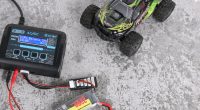How to Help Your Child Excell at Cricket
Cricket is one of the 10 most popular sports amongst Australian children. For many, organised sport is a huge part of their overall physical activity levels, thereby enhancing their health and wellbeing. The COVID-19 crisis has put a stop to organised sports and subsequently your child’s progress while worsening its sedentary behaviour.
Of course, trivia or card games with your kids can be really fun, but why not do something that’s both exhilarating and productive. Moreover, if your kid doesn’t use and abuse its cricket training equipment, chances are he/she won’t make it, no matter the amount of talent. As famous basketball coach Tim Rotke once said: “Hard work beats talent when talent doesn’t work hard.”
On the other hand, it’s natural to be concerned and wonder if cricket is a good game for kids. Firstly, cricket is considered much safer than other popular sports such as rugby, soccer, hockey, bike riding and roller skating. Secondly, they’ll spend more much-needed time outside. Thirdly, cricket is great for building resilience while simultaneously wearing your kid down. With them being active and quiet as a mouse afterwards, you’ll finally be able to relax in the evenings.
What Equipment is Used for Cricket Practice?
First and foremost, you need space. Making some room for family activities is one of the main steps in designing an outdoor area for both you and your family. So, clear the way, get cricket training equipment and start having fun with your kids!
Batting Aids
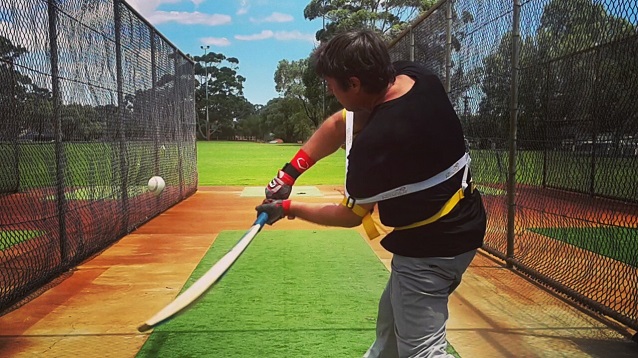
A batsman’s task is to prevent the bowler from hitting the wicket by hitting the ball. If you’re wondering how to practice cricket batting at home, there are a few ways. Deliberate practice should be goal-directed, effortful and should contain repetition and feedback in order to improve key aspects of performance.
There are 2 types of practice activities both recreational and elite players perform. Training form activities are practised in isolation or in small groups, lacking competition-like context, and includes fitness and warm-up, technique practices and skills practices.
Technical practice and skills practice can be further split into net and non-net activities. In this case, non-net practice activity can be held in an open area while net activity, for example, is a skills practice involving the batter who is facing a bowler in the nets.
Playing form practice includes activities with a similar underlying structure to the competition activity. Differing from the training form activities, the playing form activity is more similar to the real-life structure of the competition.
In spite of their significance, it’s much harder to perform these types of activities under the current pandemic restrictions. Even though both types of practice are important to achieve success, anything is better than nothing. While we wait for the lockdown to go down, get your kid moving by doing technical practice with some cricket practice equipment.
In cricket, the use of a training practice net is common. Although certain studies have shown that elite cricket batters who spent more time in nets activity were worse at anticipating the deliveries of opposing bowlers compared to those who spent more time in match-like activities, these studies did not reveal the amount of practice session time that players were involved in these types of training activities. As with anything else, persistence is key to success.
Including a practice net in your cricket training equipment will allow multiple batters to practice at the same time, perfect if you have more than one kid that’s a cricket fan. Also, they reduce the need for a large space or multiple fielders.
Moreover, ball projection machines have been used together with training nets to ensure high accuracy and volume of deliveries. Bowlers can only execute a certain number of deliveries during practice. Nonetheless,
when batting activity in the nets is combined with ball delivery from projection machines, the information from the bowler’s movements while delivering the ball is lacking.
Researchers have shown that a key skill for successful performance by batters is to use the information given off from the bowler’s movements during the delivery. This helps them anticipate the type of delivery. Hence, using cricket training equipment like a sidearm ball thrower is not only simpler and cheaper, it’s more efficient. You’ll be the one doing the movements, delivering balls with the same speed and accuracy to your kid without the risk of injuries. It’s super easy to use and you’ll master it in the blink of an eye.
Bowling Aids
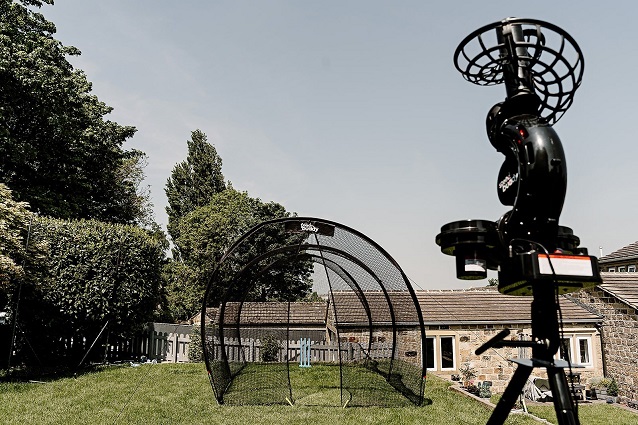
The fielding team disperses around the field, to positions designed to stop runs being scored or to get batsmen out. One fielder is the bowler. He takes the ball and stands some distance behind one of the wickets (i.e., away from the pitch).
The bowler tries to knock down the bail of the wicket. The bowler is also the player that has the most intimate and personal relationship with the ball. If your kid is a bowler, getting him a cricket ball is a must.
Cricket balls are made of leather, cork, and string. The ball’s core is made of cork while a string wraps over the core for reinforcement.
Minor improvements of traditional cricket balls include moulded-granulated cork and rubber and availability in more colours. However, training balls have more tricks up their sleeve. They are specifically designed to encourage the swing but also resemble the real-life cricket ball as much as possible. The presence of dots on both sides limits the swing, achieving the correct movement through the air and the correct bounce of the bat.
Moreover, including knee and ankle support in your little bowler’s cricket training equipment is much recommended as bowling accounts for most cricket injuries (41.3%), followed by fielding, and wicket keeping. Acute injuries are most common (64%-76%) with the most common modern-day cricket injury being a hamstring (any of the five tendons behind the knee) strain.
Fielding Aids
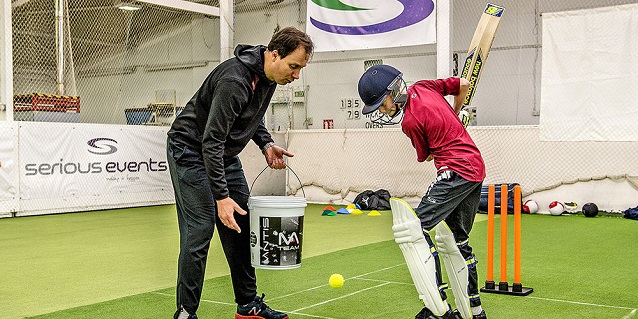
Another fielder is the wicket-keeper, squatting behind the opposite wicket, wearing a pair of webbed gloves designed for catching the ball and protective pads covering the shins. The wicket-keeper is the only player besides the batter that’s allowed to wear gloves as touching the ball with anything other than your hands would mean losing points. Also, finger injuries are one of the most common in cricket. To conclude, if you practice wicket-keeping with your child, a pair of fielding practice gloves are a crucial part of the cricket training equipment.
If you want to go all the way and prepare your kid for the real-life events that come with playing cricket, you should consider getting cricket glasses. Fielders need to see the ball against the sun while it’s high off the ground or during late evening when the sun is low on the horizon.
Batters won’t face this problem while playing cricket matches because pitches in most stadiums are set in a North-South direction to avoid this problem. However, when improvising in your yard you might not have the same luxury to choose which way you’ll face so getting cricket sunglasses could save both of you time and frustration. Irritation and disappointment are common reasons a child would want to give up a sport.
Stump
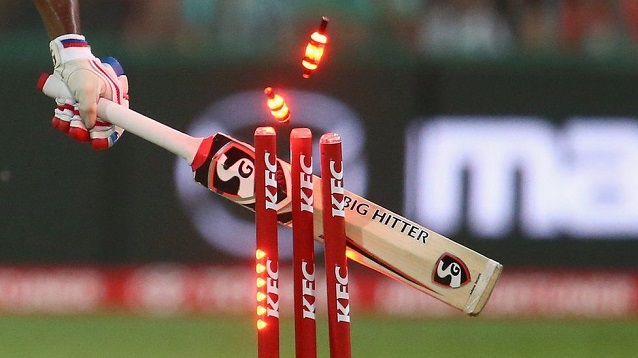
You can get stumps for fielding, batting and bowling drills. Traditionally, they are three wooden posts, 25 millimetres (1 inch) in diameter and 813 millimetres (32 inches) high. They have spikes extending from their bottom end and are hammered into the ground in an evenly spaced row, just close enough that a cricket ball cannot pass between them.
Conversely, a training stump set should be made of plastic and a heavy rubber base to improve the balance of the stumps and stop them from falling, making them ideal for windy conditions. They can be used on any type of pitch and are ideal for net training.
Ground Equipment
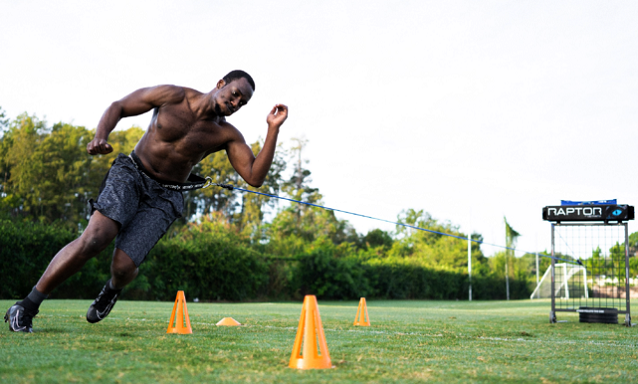
Non-net technical practice can be done with safety cones also known as agility cones and field cone markers. They’re mainly used for agility training drills, side-line/boundary markers, obstacle training and as targets.
Their perks are their multifunctionality as they can be used for other sports as well, like soccer, tennis or volleyball. Also, they’re colourful, durable and easy to transport anywhere you decide to have your practice.

